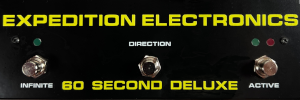Showing posts sorted by relevance for query MusicMiK. Sort by date Show all posts
Showing posts sorted by relevance for query MusicMiK. Sort by date Show all posts
Saturday, July 11, 2009
PolyMiK breadboard synth
YouTube via MusicMiK. Remember you can search on MusicMiK on the top left for more.
"I started this project last weekend and i think this will be the synth with the shortest development time i ever made :)
Okay, in fact, much of the design was heavily inspired by the Korg Trident and the AAC Tiracon 6V, i just added sub oscillators, ring modulator, and some of the surrounding electronics. The firmware later will add a lot of power with several LFOs, multi-stage envelopes (thinking of 8 stages), microtuning and we'll see what more ideas i add into this.
I'll try to use an AVR to control this, but if it's not powerful enough, it will get an AT91SAM7S for this - like the one i use to control it currently.
The (nearly) complete 1-voice version of the synth is built on the breadboard, controlled serially by just 5 wires from the computer board, which of course will be on the main synth PCB also later.
Need to add the offset correction trimpots now, check if it's possible to do a fine calibration, then i think i will etch some voice boards to clean up the breadboard."
Monday, May 26, 2008
MonoMiK Moog VCF test
YouTube via MusicMiK. Click here for all posts featuring MusicMiK's work.
"The VCOs for my new project are built, now the filters have to be developed and built. So why not take a first snapshot of the Moog style LPF sound, while it's still on the breadboard?
The light delay impression comes from the two audio tracks not being perfectly synchronized - iMovie didn't give better results here.
Schematics for the VCO are on my website, those for the VCF follow after build and test.
http://www.mik-music.org/tiki/MonoMiK
The sound of this video in better quality: http://www.mik-music.org/tiki/tiki-do..."
Friday, April 24, 2009
4-wire touchscreen on AVR
YouTube via MusicMiK. Touchscreen interface for his MonoMiK DIY synthesizer.
You can find previous posts featuring MusicMiK here.
"I found this display at one of my usual electronics dealers - the one who specialized in selling industry surplus stuff. This display is available for 6,95 EUR, while neither the touch panel nor the EL backlight are mentioned in the offer, i just suspected the touch panel because the characteristic 4 lines going away in the photo of the offer.
The display uses an LC7981 controller, which is obsolete, but quite okay, the touch panel is a resistive 4-wire touch panel. I connected this via 4 protection resistors to an ATmega88, Port C0-C3, while the software uses those port pins as either digital outputs to provide the voltages or as analog inputs to sample the output of the panel. Quite an elegant and simple design.
Before you ask - Pollin Electronic, order number 120346. Currently, 778 are in stock, i think, the 10 units i just ordered are already substracted :)"
Sunday, August 31, 2008
MonoMiK ADSR demonstration
YouTube via MusicMiK. You can see the previous videos by MusicMiK posted here.
"It took quite a while due to vacation and some stress the last weeks, but finally, i soldered this module together. This was sort of much more difficult due to the very compact layout i needed so save some space in the overall construction behind those modules.
As usual, you can find more information about the project and the schematics for the modules via the blog: http://www.mik-music.org/tiki/blog1"
Wednesday, September 24, 2008
DIY UV lamp for PCB exposure
YouTube via MusicMiK. Posting this one for the DIY aspect of it all. You might remember MusicMiK form these videos.
"No directly synthesizer related stuff today, as i'm currently building a new tool - an ultraviolet lamp for creating PCBs by exposing the photosensitive coating to this UV light later.
See more about the construction here:
http://www.mik-music.org/tiki/gallery53
This unit is not yet completed, i need to build a powerful Step-Up converter for about 80V and 0.6A to feed the LEDs, which are chained in 30 chains of 22 LEDs each. Besides this, some more mechanical work is needed and a timer will also be built in. And of course - safety. You don't want to look into a 40 watts 400nm UV light source accidentally :)"
Thursday, February 26, 2009
Building a phaser part 2
YouTube via MusicMiK. Part 1 here.
"This is a simple project - i will build a clone of the Small Stone phaser as a floor effects unit with some modifications to add some more control over the sound.
Dur to the simplicity of this project, i decided to document all steps, starting with making the PCB for it, ending with the tests. So not all videos appear at once, but i think this should happen within 3 weeks or so. Make sure to come back and see if new parts appeared with the time.
This is part 2 showing the etching and mechanical work on the PCB."
Friday, September 11, 2009
Fixing a Synthex joystick - part 1
YouTube via MusicMiK
Fixing a Synthex joystick - part 2
Fixing a Synthex joystick - part 3
"Another story for the DIYers among us.
Today, i repaired the joystick of an Elka Synthex. This was a bit more complicated, as the joystick is reveted together, so i needed to modify the mechanics a bit to use screws to put it back together.
This took the whole morning, and i didnt see much i could cut out of the videos i took over this period, so this is another multipart video series.
The main cleaning procedure is the same i use on potentiometers having major trouble, this part is quite simple.
All in all, this is another video showing that even hopeless damage (im sorry i didnt take videos of the condition of the synthex with this joystick before i started the repair) is no killer for unobtainable parts if you invest enough patience to get them back to life.
Part 1 shows how to take it apart and prepare it for using screws to put it together later
Part 2 is some mechanical work for the screws and cleaning the potentiometers
Part 3 shows how to put the thing together and test it
Hope anyone else with similar problems can use it as a motivation to try to repair it. The joystick was in a condition where i couldnt lose anything, it was completely unusable, i had the choice between further damaging it so its just left there as decoration or to get it fixed - which was successful."
Friday, January 01, 2010
MIDI retrofit for CR-78 Part 5
YouTube via MusicMiK. follow-up to this post
"A bit tired on the first day of 2010, but enough to do some cleanup in the source tree and implement basic CR-78 hardware interfacing.
The hardware works as desired, the rest of this is just tricky firmware to have all the desired features enabled. Sync/Start/Stop still needs a bit improvement, but the way the machine works in detail is now analyzed and can be handled.
Currently implemented:
MIDI sync in and out
Triggers to/from MIDI, currently with not special handling for the Accent-trigger, which will be mapped to velocity later.
Still some things to change in the main logic to compensate some hardware strangeness of the CR-78 like the VCAs being shut down when the unit is stopped, so it always needs to run to get the triggers from MIDI routed to the hardware.
The handling of the switch between internal and MIDI control can also be improved using the start/stop button to switch off pure MIDI control and return to native machine clock.
Usual disclaimer: I will not build and sell kits and i will not implement your firmware wishes. This is your job, when the finished version of schematics/source go to http://www.mik-music.org/MIDItriggs"
Thursday, October 23, 2008
Lineal TML-01 Home made analog syntheziser
 You can find the story behind this synth including more images on Lineal TML 01. via MusicMiK
You can find the story behind this synth including more images on Lineal TML 01. via MusicMiK"Features:
3 x Analog VCO:
Sawtooth, Pulse w/modulation, triangle
2 modulation channels for each one
Individual transpose: +/- 2 octaves and free
Hard Sync
1 x White Noise Generator
1 x External imput
1 x VCF (4 pole Lo Pass): Moog clone filter w/ 2 modulation channels, and resonance, cut off and envelope amount controls.
(The mixer overdrive the filter producing a very nice overdrive effect, similar to valvulated amplifiers)
1 x VCA w/ 2 modulation channels,
2 x LFOs
2 x ADSR envelope generators
MIDI IN: Note, Pitch bend, Cut Off and Modulation controlled vía midi messages."
DIY Analog Synth Demo YouTube via rodriemi
"On http://arsamus-lineal-tml01.blogspot.... you can see details
This is just a demo of an do-it-yourself analog synth I designed and build.
Oh, remember I just want to show the synth no my performance nor improvisation skills!!!"
Thursday, May 29, 2008
The exponential converter (also known as antilog amplifier)
 MusicMiK who has brought us these excellent videos on his synthesizer DIY projects wrote in to let us know that he has created a page on the exponential converter. You can find that page and more here.
MusicMiK who has brought us these excellent videos on his synthesizer DIY projects wrote in to let us know that he has created a page on the exponential converter. You can find that page and more here."The nature often has a logarithmic or exponential behaviour, this also applies to the human reception of volume levels and frequencies. So for the human ear, musical intervals like octaves feel like linear, but in fact are exponential. One octave is the double frequency, two octaves are four times the frequency and so on. As it is easier to handle the control of pitch in a linear way (for example using a resistor divider chain in the keyboard to convert a constant current flowing through the resistors to a linear voltage depending on the key pressed), there must be something to convert the linear control to the exponential output, like the frequency of a VCO.
This is the job of the exponential converter, which is a term commonly used in electronic music instruments, whereas the term used in other technical areas usually is antilog amplifier, as it does the opposite of a logarithmic amplifier."
Monday, June 23, 2008
Synthesizer Module Development
YouTube via MusicMiK. You can find prior videos here. If you ever wondered what the process of building a synthesizer from start to finish was like, watch these. Fascinating stuff.
"It took a while, but now it's completed - the making-of video of my ladder VCF module.
This is some highly compressed form of the development and assembly of a synthesizer module including some work for the thermally coupled matched pairs of transistors and matching of the diodes. You also see my way of handling the veroboards to get a reliable module afterwards."
Thursday, December 31, 2009
MIDI retrofit for CR-78 Part 1
YouTube via MusicMiK
"This is the documentation of retrofitting MIDI into a Roland CR-78 using my MIDItriggs project. The first 4 parts include the mechanical work, modifications to the CR-78 and installation of the board in a good detail level.
Next year (read as tomorrow or so :), i will add the hardware driver for the planned CR-78 features to the firmware and create a last video showing the features of this retrofit. With the last video, the project will be available again on my website, being completely open source, including schematics, documentation and board layout, so you can make your own kit.
One more thing to say - i had some bad experience because there are people in the world interpreting „open source as „he does your custom development for free. This is not the case. I dont sell kits, i dont adapt MIDItriggs for your beatbox and in general i stopped answering questions about all my DIY stuff, as this eats up so much time that i no longer have time for the DIY hobby.
So if you contact me, dont be angry if you dont get any response. I just dont have the time and motivation to work for others, i want to make my own DIY ideas come true, not yours.
If i get another beatbox (i dont have a CR-78, its from a friend, i just have the Hohner Automatic Rhythm Player, which was the start of the MIDItriggs project), i will add it to MIDItriggs. But i still will not make and sell kits. This is your job - using the material you soon can find on my website again.
I wish you all a good start into 2010, happy new year!"
Friday, February 27, 2009
Building a phaser part 3
YouTube via MusicMiK. follow-up to this post.
"This is a simple project - i will build a clone of the Small Stone phaser as a floor effects unit with some modifications to add some more control over the sound.
Dur to the simplicity of this project, i decided to document all steps, starting with making the PCB for it, ending with the tests. So not all videos appear at once, but i think this should happen within 3 weeks or so. Make sure to come back and see if new parts appeared with the time.
This is part 3 showing assembly of the boards."
Sunday, February 14, 2010
MIDItriggs final test
YouTube via MusicMiK
"The final tests before releasing MIDItriggs version 1.0, especially testing the write switch emulation and the new program change feature which works in conjunction with the RAM upgrade/replacement board for the CR-78.
Get the final version at http://www.mik-music.org/MIDItriggs
Sources, schematics, board layout and (yet not complete) documentation included."
Monday, February 18, 2008
MiK-one - The Guts - Part 1
YouTube via MusicMiK. Follow up to this post.
"MiK-one is the name of my DIY synthesizer, and this video shows you the modules built into it. It's not a full development story, but it might leave an impression.
More development details can be found in the german synthesizer forum: http://www.sequencer.de/synthesizer/v...
Due to YouTube length limits, i had to split this video into 2 parts - this is the first part."
MiK-one - The Guts - Part 2
Sunday, July 11, 2010
Elektor Formant with step sequencer
video upload by MusicMiK
"Finally i got the missing VCO module for my Elektor Formant. And there also was "something else" in the box, which clearly looked like a step sequencer.
After finding out where the loose cables go and where power has to go, it needed some repair and now works quite fine. According to the chip labels, this thing might be built 1978, it's a very simple design with a 4520 binary counter, 3 4051 for potentiometer multiplexing and sequence control, together with a 4001 which generates the reset signal for the 4520.
The main clock comes from a NE555, the output buffers are TL071 now as one of the CA3130 was dead.
I don't know more about this thing, it looks a bit like a kit, but it also might just be built around a commercial PCB (single sided hand-drawn layout but white print on the component side). No signs about who made this thing, no schematics available (but in fact, it could be developed from scratch in less than a day i think :)
No, i didn't take care of dialing in any well-sounding melody, so it for sure sounds a bit strange..."
Tuesday, December 11, 2007
Breadboarding Filters
Sunday, June 21, 2009
Tiracon 6V sound demo
YouTube via MusicMiK. follow-up to this post.
"Those following me on twitter (SynthMiK) might have seen that i got a nearly complete Tiracon 6V to give the boards i recently showed an enclosure and make it a complete synth again.
In fact, i now have a completely working spare board set, because i was able to repair the ones that came with the synth also.
The restoration of this synth can be followed as a raw photo collection here: http://www.mik-music.org/gallery66
The power supply and the wooden side panels still need work, but this will take place in the near future.
I cut out my usual babble from the video to use the whole 10 minutes for the sound demo, the text has gone here this time.
I hope you have some fun :)"
Saturday, October 11, 2008
CR-78 remote repair
YouTube via MusicMiK
"Today, Steen and i will show you a quite interesting small project. Steen has a broken Roland CR-78 and sits in Denmark, i have the knowledge to repair it and sit in Germany. He could send the unit to me to have me repair it, but we tried a different thing, as Steen thought that he could do the job if i guide him through the steps.
So i told him what material he needs to replace the potentially failed latches for the instrument triggers, he got the material, i told him a bit how to solder and desolder, created the desoldering video recently, and after those preparations, we started all this.
So enjoy this video and see, how everything worked out. From those 8 hours of work, i just have 25 minutes of video material which i had to cut down to 10 minutes for YouTube. So lots of fun is missing there, but we hope, you enjoy it anyway."
Thursday, December 20, 2007
MiK's Breadboard - Reading MCS-48 MCUs
YouTube via MusicMiK.
"Today i try to read out the ROM images of the D8049C microcontrollers of several Korg Poly-61, as one of the 3 machines i have here has a broken UI controller. For now, i successfully read out a keyboard scanner, having some trouble with the other MCUs.
The basics you need to know on how to read out the ROM image on MCS-48 CPUs comes from here."
NEXT PAGE
HOME
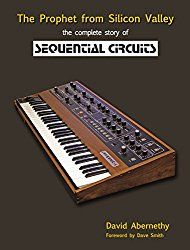



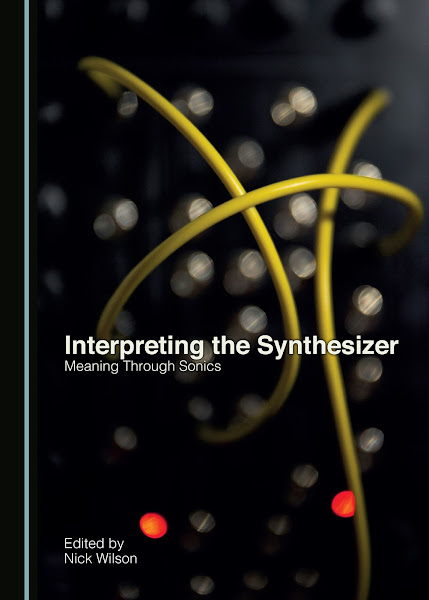
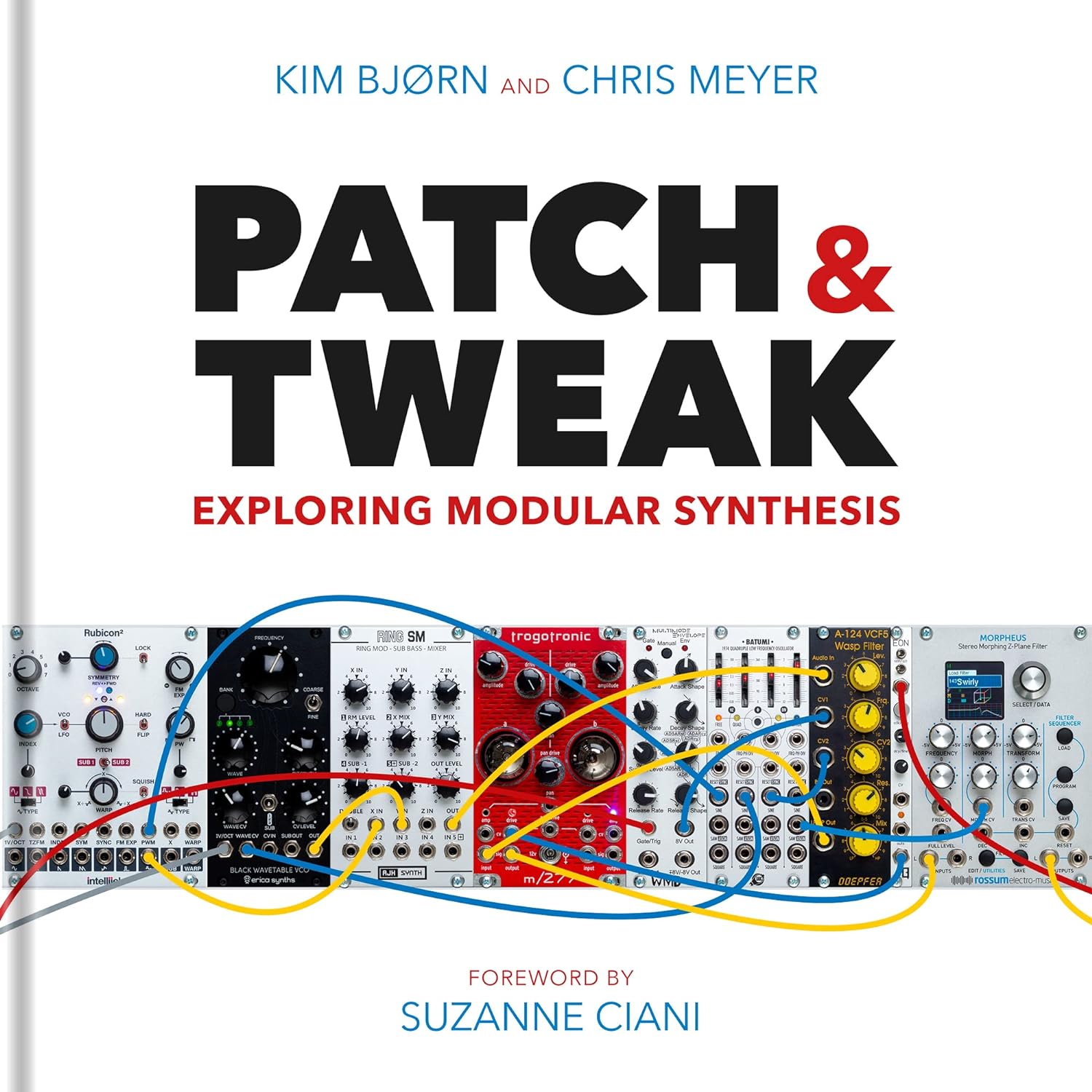

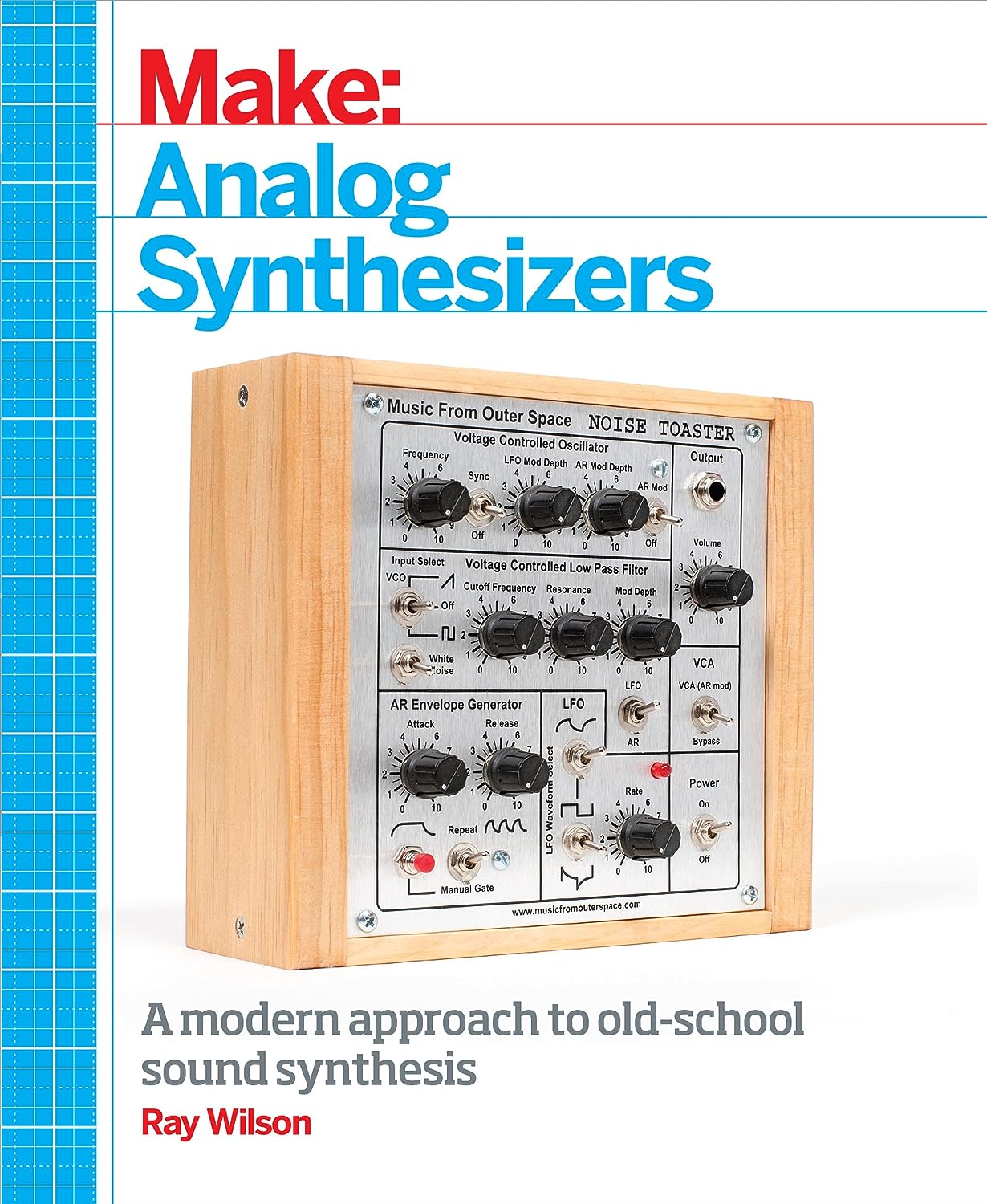

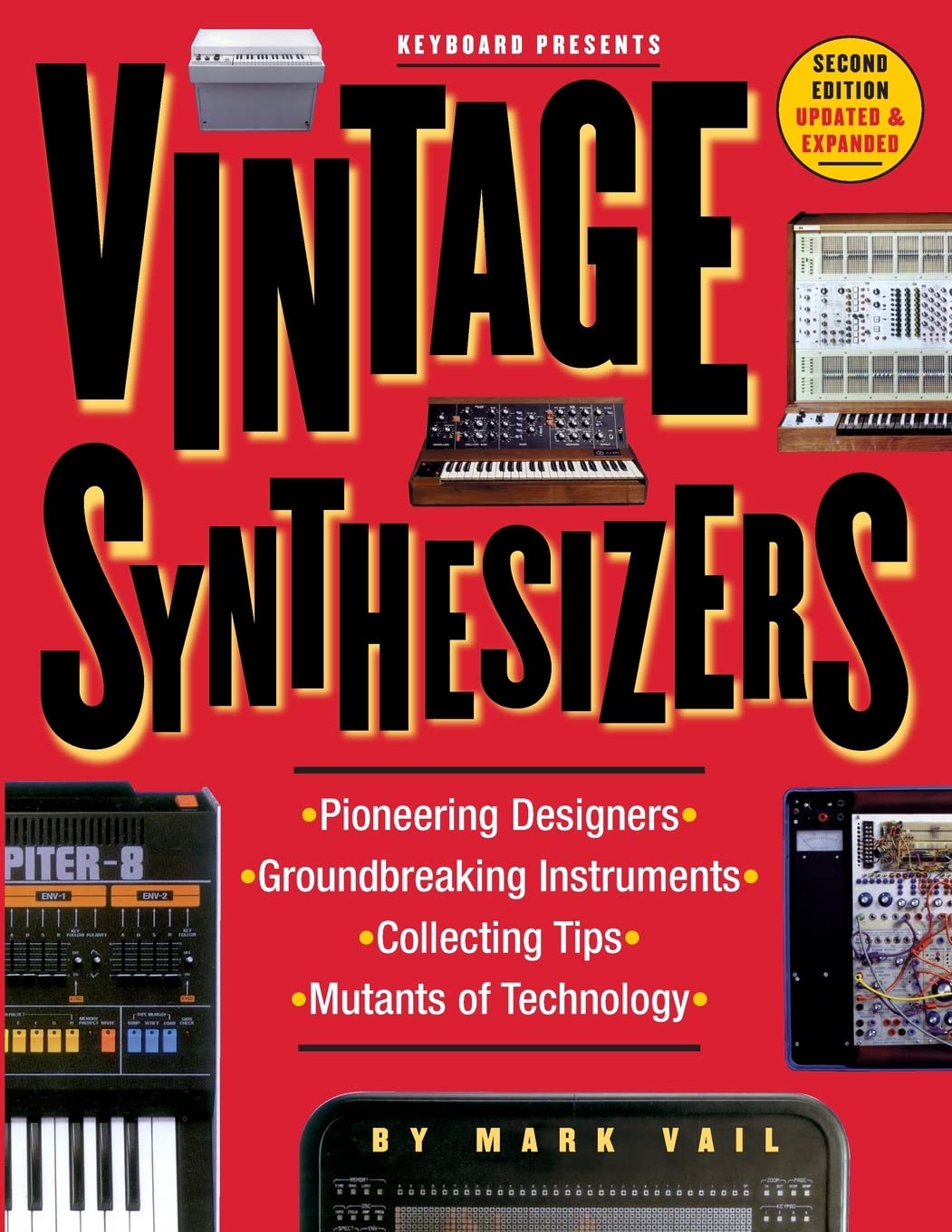
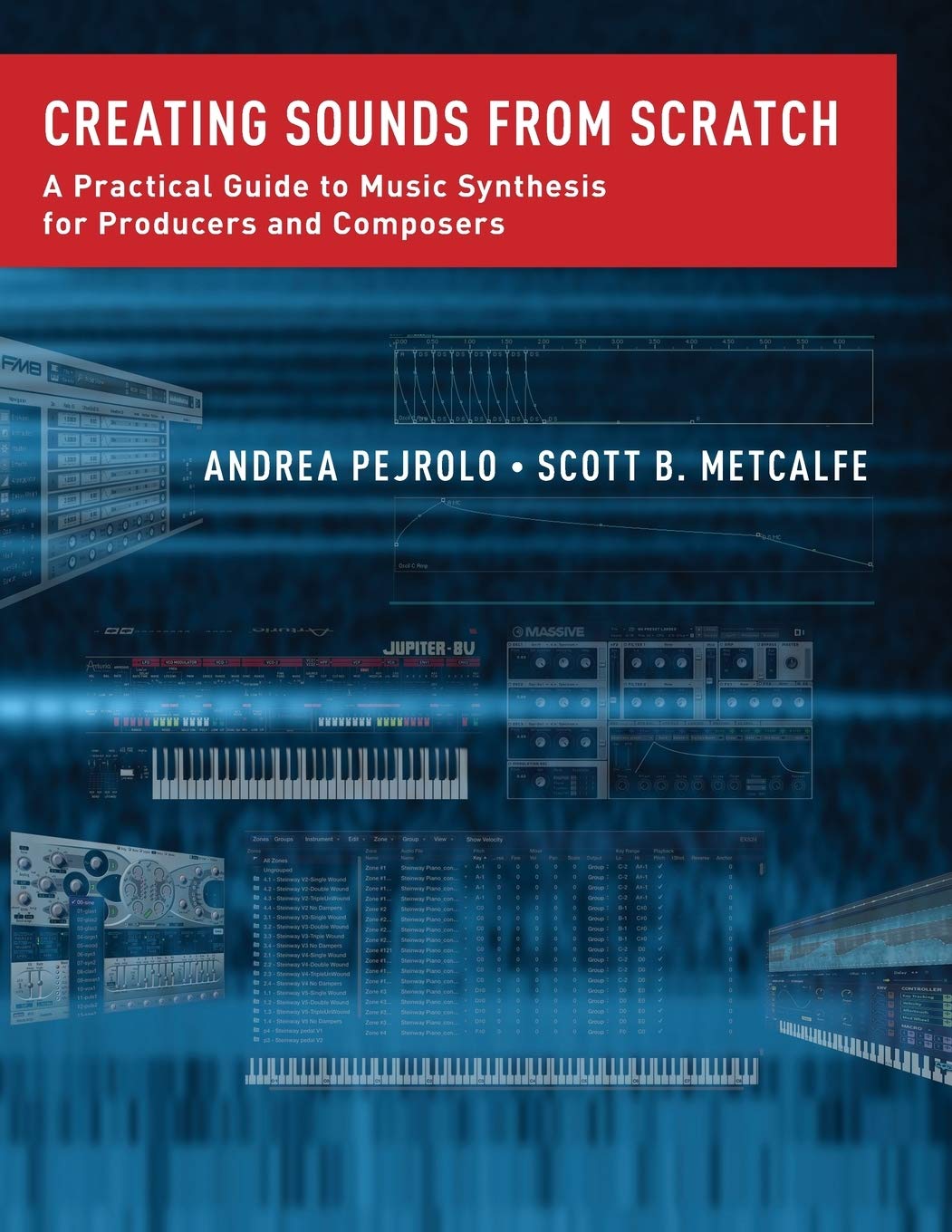
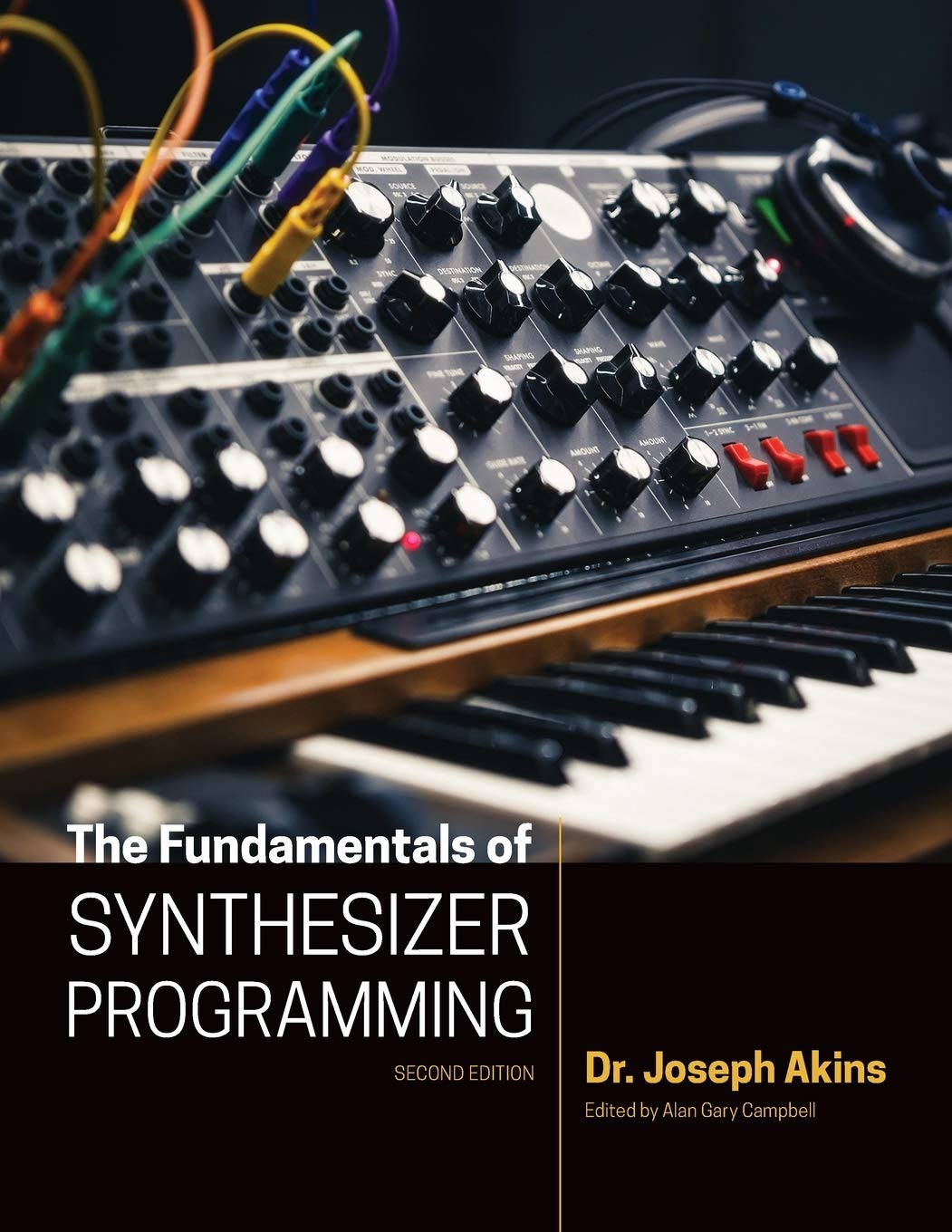

© Matrixsynth - All posts are presented here for informative, historical and educative purposes as applicable within fair use.
MATRIXSYNTH is supported by affiliate links that use cookies to track clickthroughs and sales. See the privacy policy for details.
MATRIXSYNTH - EVERYTHING SYNTH













© Matrixsynth - All posts are presented here for informative, historical and educative purposes as applicable within fair use.
MATRIXSYNTH is supported by affiliate links that use cookies to track clickthroughs and sales. See the privacy policy for details.
MATRIXSYNTH - EVERYTHING SYNTH














